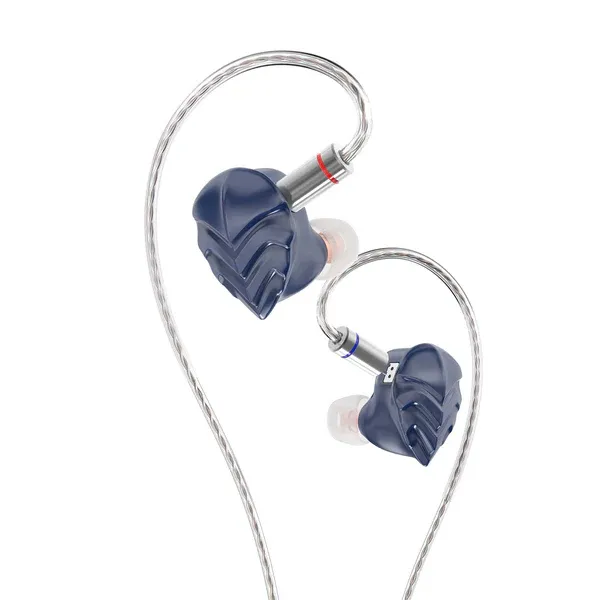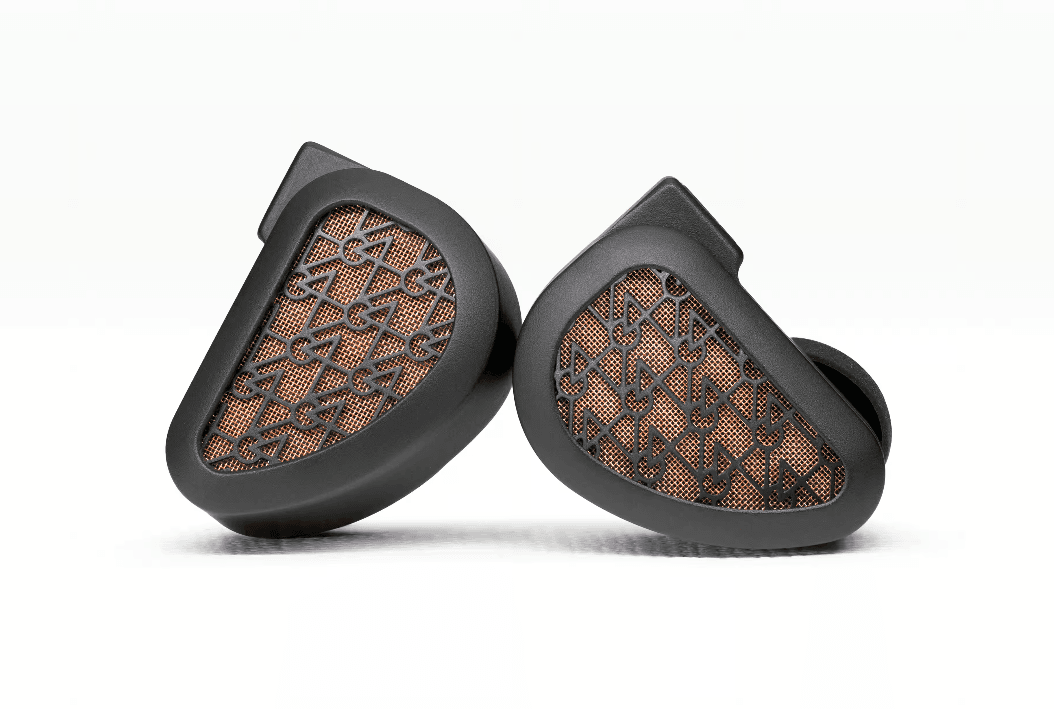Mk12 Turrisvs.Solo
Sound & Specs Comparison
Information
Both IEMs are widely regarded in the audiophile community. See how they differ in terms of sub-bass response, upper mids, clarity, and overall tonality. Spider charts and rating breakdowns included.
Objective Comparison
Facts, details, stuff.
| General Info | Mk12 Turris | Solo |
|---|---|---|
| Brand | Hidizs | 64 Audio |
| Country | – | USA |
| IEM Description | The MK12 Turris brings a striking design together with a smooth and full-bodied sound. It’s an all-rounder that aims to please a broad range of musical tastes while offering style and substance in equal measure. | – |
| Price Level | 100 – 500 | 1.000 – 2.000 |
| Housing & Driver | ||
|---|---|---|
| Driver Config | Single Dyn. Driver | – |
| Driver Types | Dynamic Driver | Planar Magnetic Driver |
| Shell Material | – | – |
| Cable | – | – |
| Technical | ||
|---|---|---|
| Freq Range | 10-45kHz | – |
| Impedance (Ω) | 32 | – |
| Sensitivity (dB) | 111 | – |
| Crossover | – | – |
| Platform Info | ||
|---|---|---|
| Comments | 1 | 0 |
| Visit Count | 15 | 27 |
| External Reviews | 1 | 0 |
Meta Ratings
For comfort fit, Solo performs slightly better (8 vs 7.3). Visually and structurally, It exhibits evidently more polish, suggesting higher-grade materials and a refined aesthetic often lacking in Mk12 Turris. Users may find the It cable measurably more confidence-inspiring for both daily use and long-term durability. Accessory-wise, It includes measurably more practical and high-quality items, enhancing both protection and usability.
| Mk12 Turris | Solo | |
|---|---|---|
| Sound | 7.8 | 7.5 |
| Comfort Fit | 7.3 | 8.0 |
| Build Quality | 7.5 | 8.5 |
| Stock Cable | 4.8 | 7.0 |
| Accessories | 5.0 | 6.5 |
Sound Characteristics
Mk12 Turris delivers s tighter sub-bass response, controlling low-end rumble with more precision than Solo (8.5 vs 5.5). It offers m stronger and more impactful bass response, adding weight and presence where Solo feels less assertive (8 vs 6). It adds a more body and slam to bass hits, which makes it feel more physical than Solo (8.5 vs 5.5). It achieves a better warmth and coherence in the lower mids, bringing more realism to guitars and cellos (9 vs 7.5). It strikes a a better balance between presence and smoothness in the upper mids compared to Solo (8 vs 7). The treble on It is m more nuanced and refined, especially when it comes to cymbals and ambient elements (9 vs 6.5). The highest frequencies on It feel a more natural and less rolled-off compared to Solo (9 vs 5.5). It paints a c broader sonic landscape, offering better instrument positioning across the stage (8 vs 5). It retrieves micro-details n more effectively, revealing nuances that are less apparent in Solo (8.5 vs 6). Track elements feel a more isolated and clean on It, offering clearer focus than Solo (8.5 vs 5.5). Instruments remain intelligible on It even during busy sections, showing a better handling of masking than Solo (8.5 vs 6.5). It adds m more body and density to musical notes, enriching the overall texture compared to Solo (8.5 vs 7). It delivers dynamic shifts with a greater impact, making Solo sound comparatively tame (7.5 vs 4.5). Listeners may experience overwhelmingly fewer sharp edges in 'S' and 'T' sounds with It, whereas Solo can get fatiguing (9.5 vs 3.5). It renders timbres with a better harmonic balance, preserving the character of instruments more accurately than Solo (8.5 vs 7.5). Across the frequency range, It stays m more consistent in tonal balance, resulting in a smoother listen than Solo (8.5 vs 7). Subtle ridges and granularity are conveyed m more clearly on It, adding life that Solo doesn’t quite match (8 vs 5.5).
| Mk12 Turris | Solo | |
|---|---|---|
| Sub Bass | 8.5 | 5.5 |
| Bass | 8.0 | 6.0 |
| Bass Feel | 8.5 | 5.5 |
| Lower Mids | 9.0 | 7.5 |
| Upper Mids | 8.0 | 7.0 |
| Lower Treble | 9.0 | 6.5 |
| Upper Treble | 9.0 | 5.5 |
| Sound Stage Width | 8.0 | 5.0 |
| Detail | 8.5 | 6.0 |
| Layering | 8.5 | 5.5 |
| Masking | 8.5 | 6.5 |
| Note Weight | 8.5 | 7.0 |
| Slam | 7.5 | 4.5 |
| Sibilance | 9.5 | 3.5 |
| Timbre Color | 8.5 | 7.5 |
| Tonality | 8.5 | 7.0 |
| Texture | 8.0 | 5.5 |
Tonal Signature
// Nothing to compare yet.

